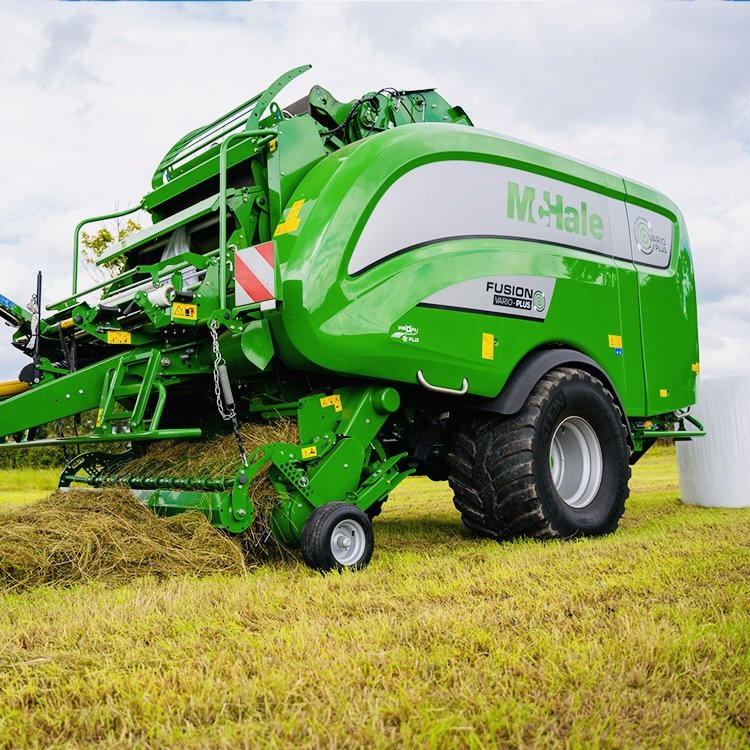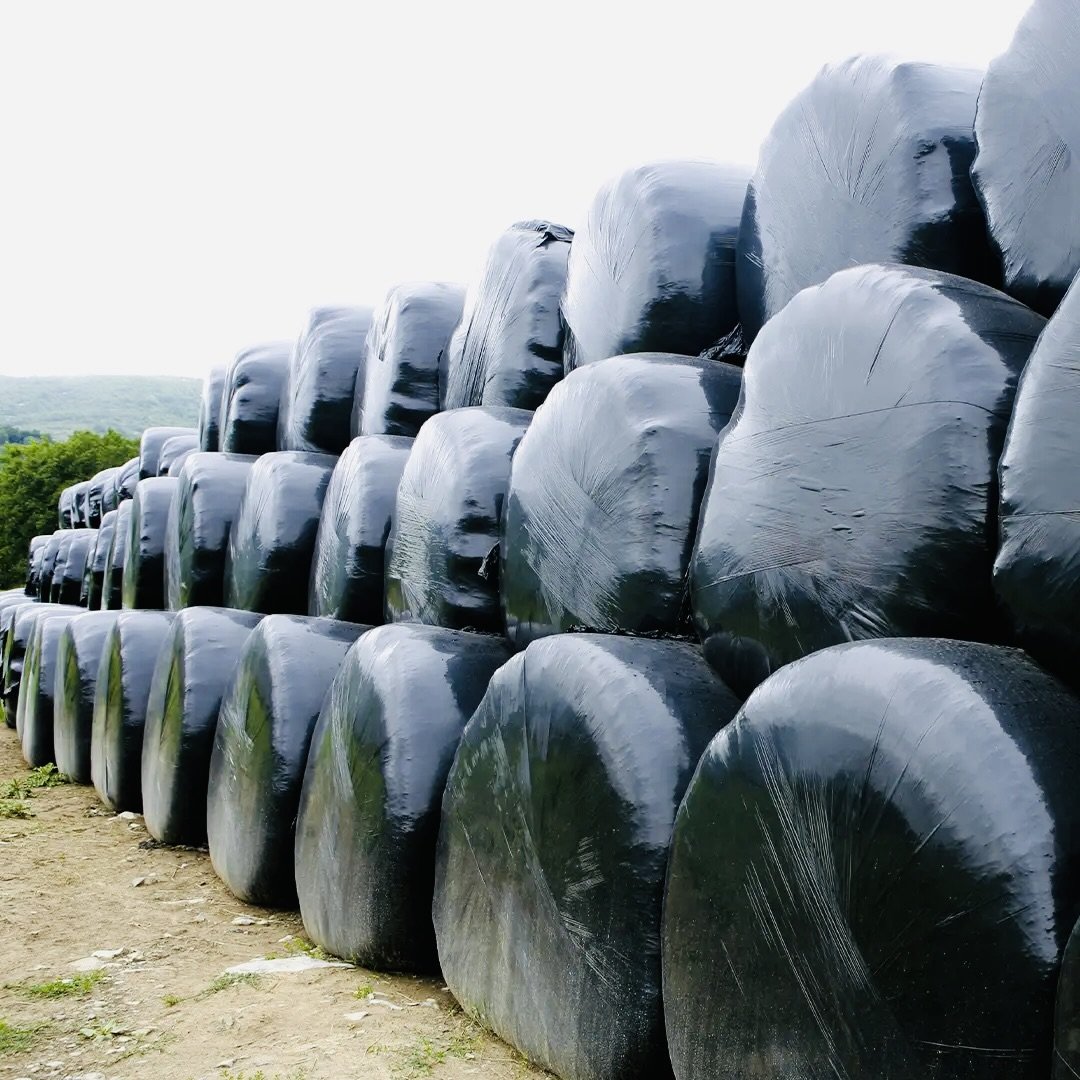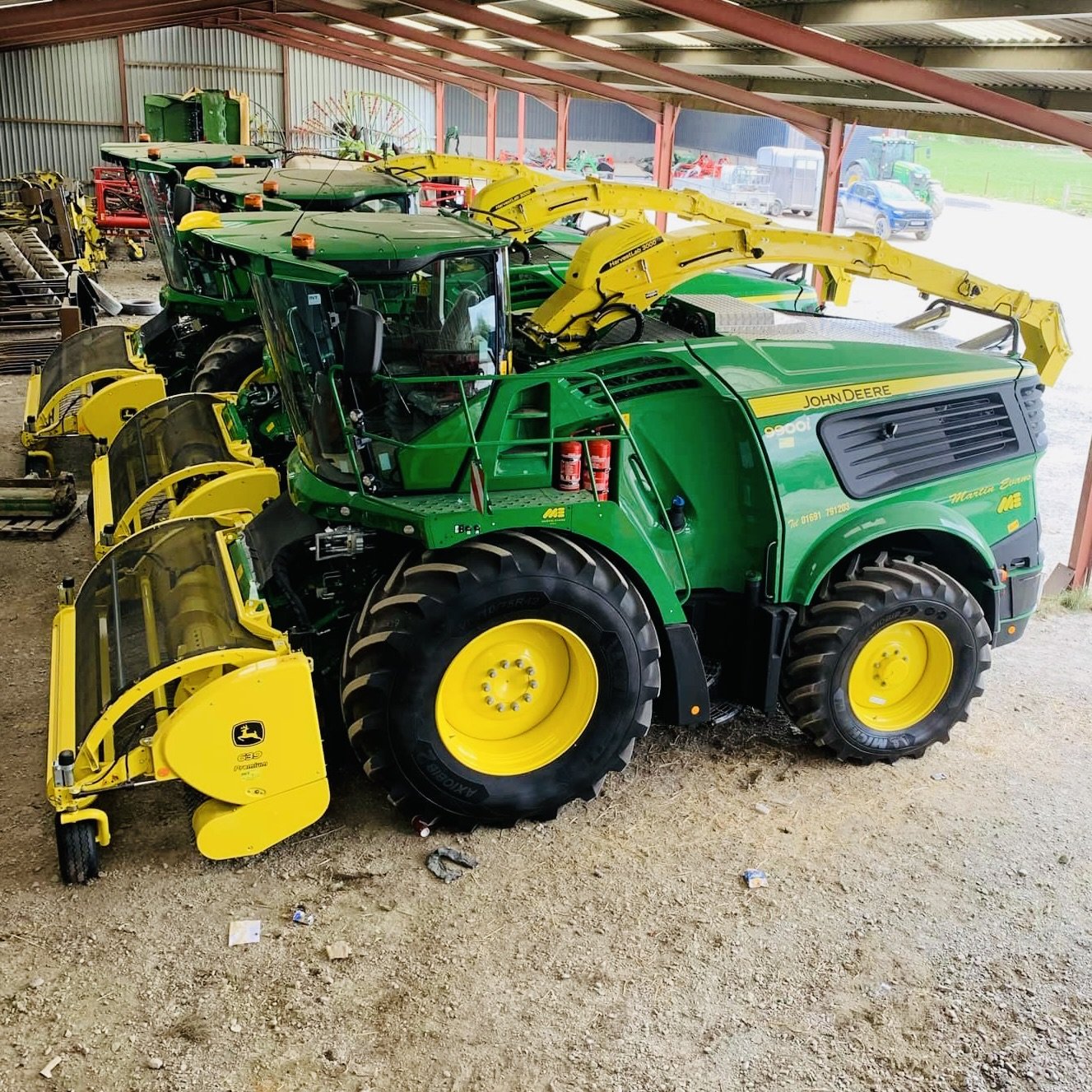
Is adding beet pulp to the silage clamp a good idea?
is there any merit in adding ingredients such as sugar beet pulp to the clamp as you are making the silage; what are the benefits and what are the risks?

What happened to trailed forage harvesters?
all the forage harvesters that followed, actually did follow, because they were all trailed back in the day. Fast forward a few decades and everything is self propelled, so why the change?

What is the best way to fill a silage clamp?
The Irish love to build a steep clamp with a ramp that resembles the north face of the Igor, whilst the Germans build a clamp that has more in common the the flat lands of the neighbouring Netherlands…. Steep or shallow, high or low, what is the best way to fill a silage clamp?

Cost of bale silage vs clamp silage
Spending a fortune on a new silage clamp has got to have a payback; it has got to make financial sense and the reduction in harvest costs might be one of the most important areas to study. That means it’s vital to calculate the costs of making silage in bales against the cost of making silage in a clamp.

How to keep silage effluent off clean areas?
A sleeping policeman or a channel across the front of the silage clamp? Which should you choose, and is there another option to consider?

Push-off buckrake or silage fork flick?
When it comes to levelling silage on the clamp are you a fork flicker or a push over?…. But here is the thing - in my opinion there is no such thing as the perfect flick!

What’s the cheapest way to build a silage clamp?
a silage clamp is a business investment and so the optimum solution should be the lowest capital cost for the anticipated outcome. In other words how do you spend the least on a clamp and still get good silage out of it?

Are remote silage clamps a good idea?
faced with land spread over half a dozen counties, where the hell do you build the silage clamps to hold all this stuff?

Why is Silage Effluent so pollutive?
there are a whole load of rules and regulations concerning how you deal with the stinky stuff. So exactly what is it about silage effluent that makes all those strict rules so necessary?

Why wet silage is bad silage
Our silage results are good apart from the low dry matter and low sugars, but why are the sugars so low? ….because there are three silage values that are tightly linked together, low dry matter, pH and available sugars.

Bale silage vs Clamp silage
Bite sized silage bales are first class for convenience but, when it comes to silage quality, bales are often considered as second class to clamp silage but is that fair?

Are fibres in concrete silo floors worth the cost?
Is it worth paying to have fibres added to your ready mix concrete for a new silage clamp?


Automated silage clamp sheeting - fantasy or future?
a machine that sheets the whole silage clamp, weighs the covers down and can also do the whole thing in reverse to open up for feeding

The temperature of silage and how hot is too hot?
it’s common knowledge that hot silage is not great silage, but silage does heat up during fermentation so when does this heat become a problem?

Choosing the right tedder to make good silage
Getting the right size tedder is important, too big is a waste of money (and a liability in the wrong hands) whilst too small will give you all sorts of headaches.

Silage or haylage?
Silage is wet at 20-45% DM, haylage drier perhaps 50-75% DM and hay has to be dry usually at least 88% dry matter, so does that put haylage in the Goldilocks zone, the best of both worlds?

Which silage inoculant should you choose?
If you have decided that silage inoculants can help you make better use of the forage you grow, then the obvious question is which one should you use

Is bagged silage better silage?
maybe silage in bags (or should that be silage sausages) offers the best of both worlds, the flexibility of bales without the building cost of clamps?

Is a silage shear grab worth the money?
the shear grab is an extremely valuable piece of kit that might just be the most important thing outside the milking parlour